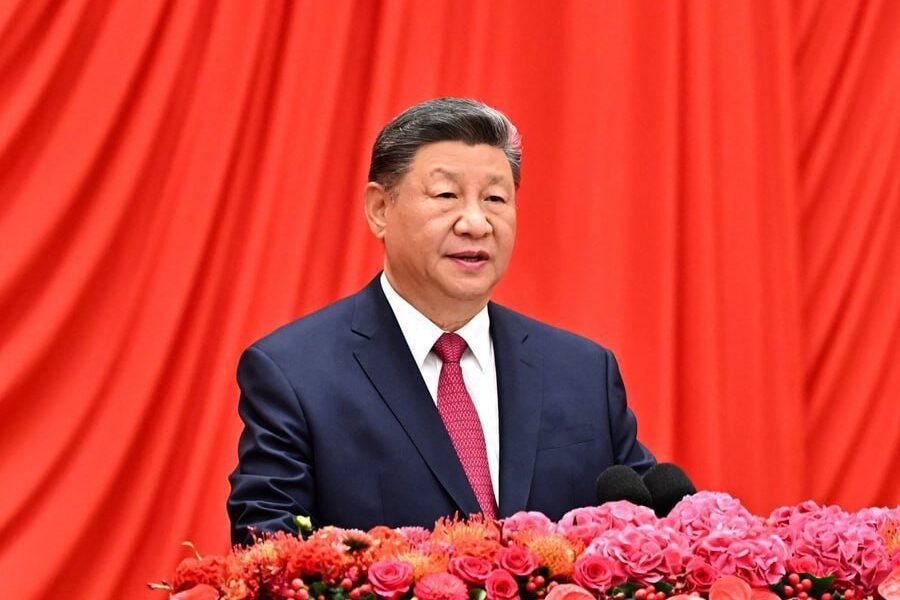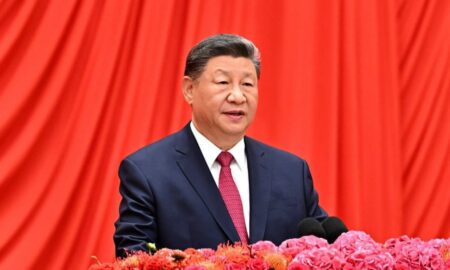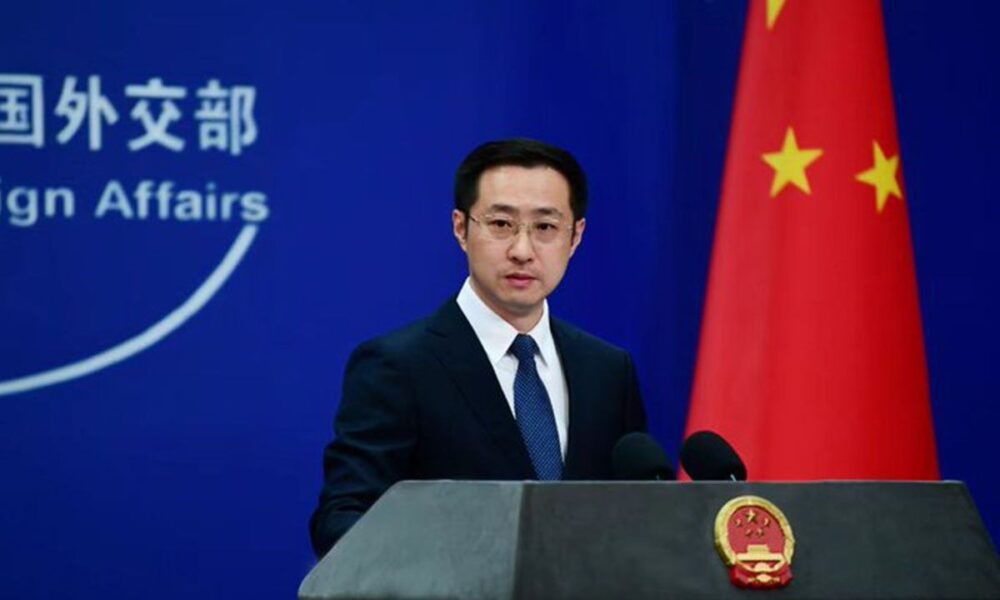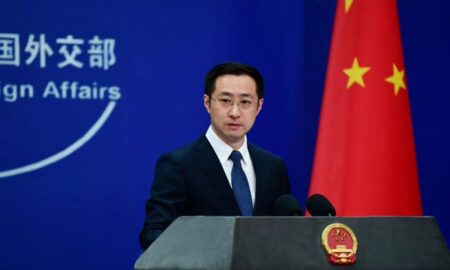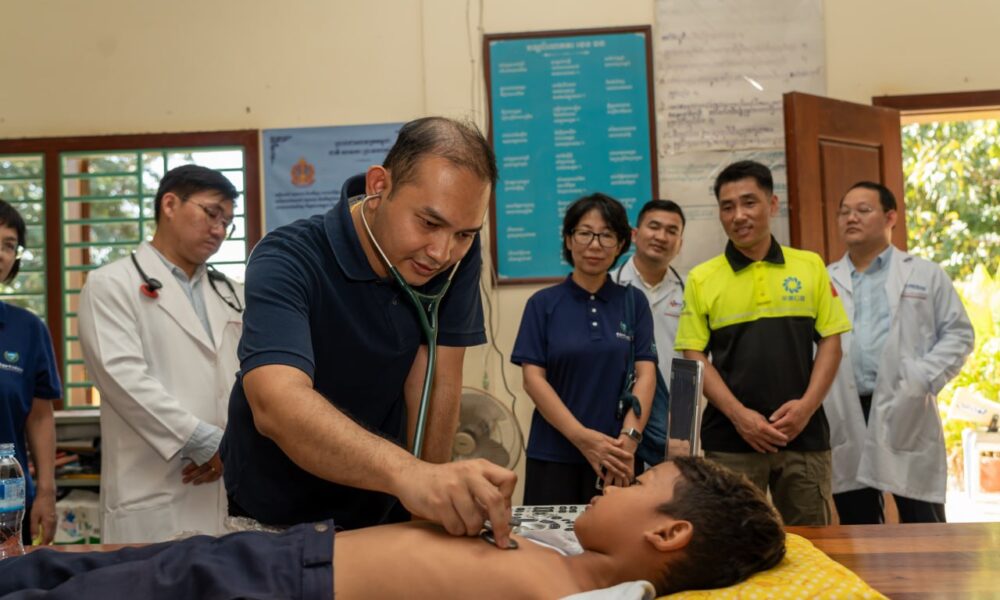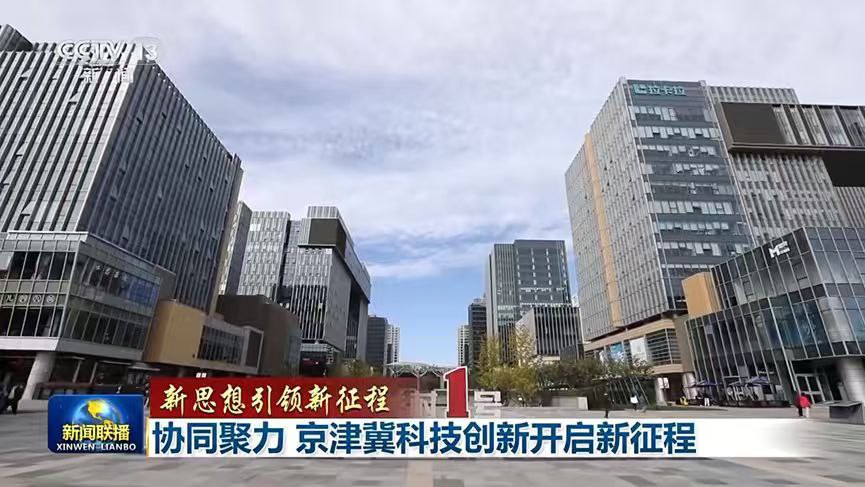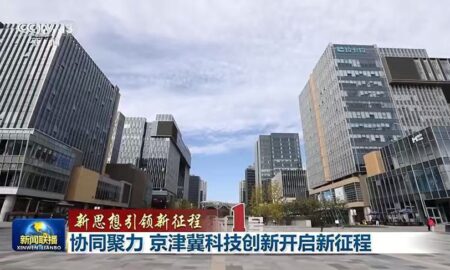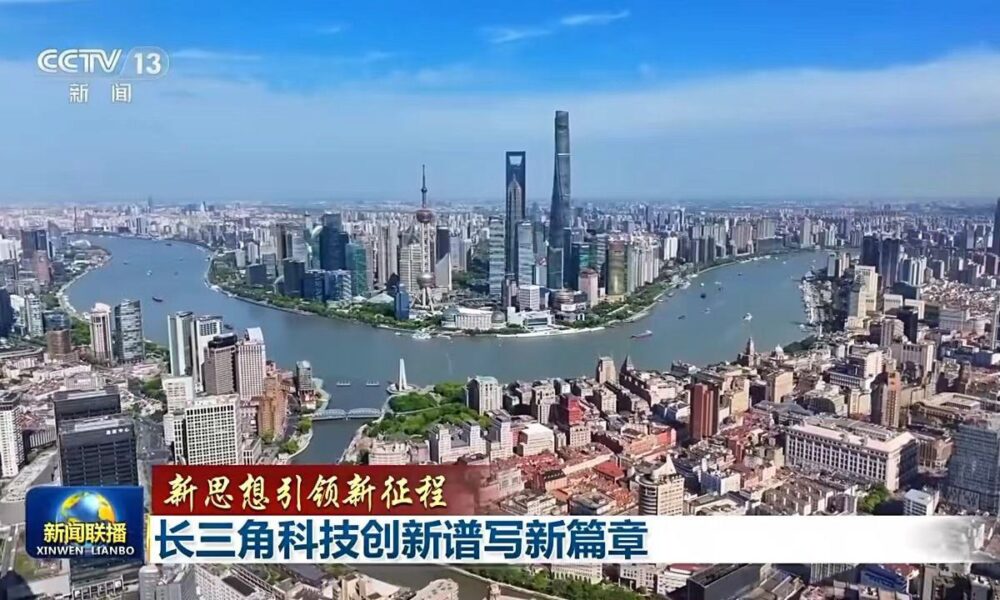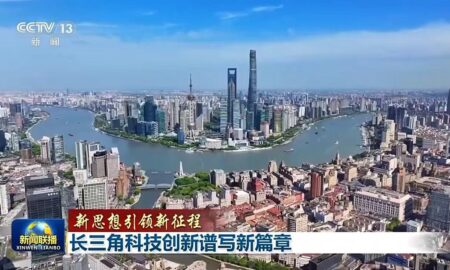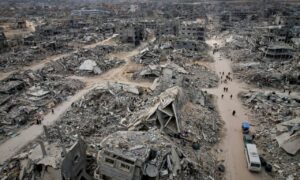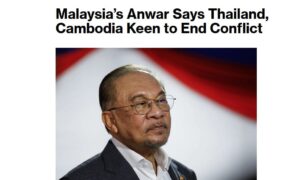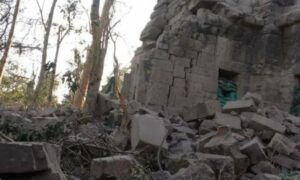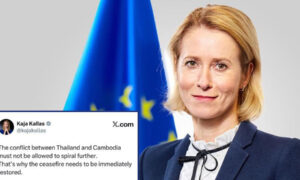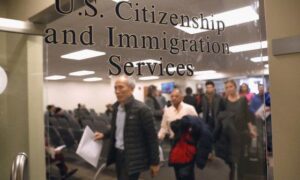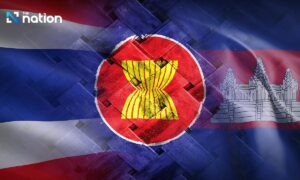Letter to Editor: TheIllusion of Peace: Why True Reconciliation Requires Honesty from Thailand
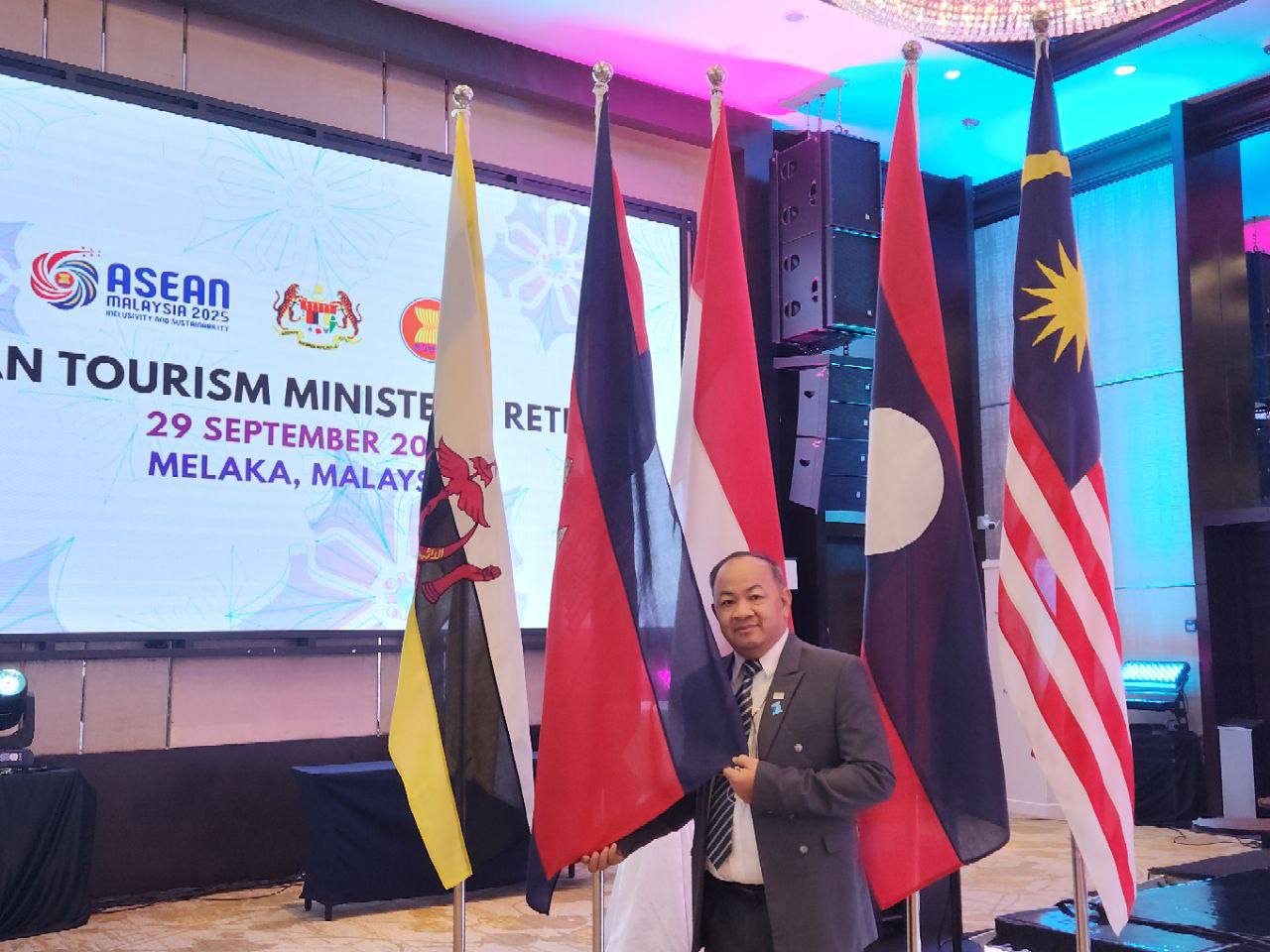
The Illusion of Peace: Why True Reconciliation Requires Honesty from Thailand
By Dr. Thourn Sinan – Spiritual & Tourism Professional
Phnom Penh, 20 October 2025
At first glance, the new peace initiative led by U.S. President Donald Trump and the ASEAN Chair — with strong support from China and cooperation from both Thailand and Cambodia — appears to offer a genuine opportunity to ease long-standing tensions and rebuild trust between our two nations. Yet beneath the ceremonial smiles and public optimism lies a more sobering truth. The roots of the Thai–Cambodian conflict run deep, shaped by unhealed historical wounds, distorted narratives, and the continuing refusal of certain forces in Bangkok to respect international law.
The Problem with a False Map
One of the greatest obstacles to genuine peace lies in Thailand’s continued reliance on a self-drawn border map — a document that has never been recognized by the United Nations or the wider international community. This map, still referenced in official Thai policy, directly contradicts the International Court of Justice (ICJ)rulings of 1962 and 2013, both of which reaffirmed Cambodia’s sovereignty over the Temple of Preah Vihear and its surrounding territory.
In both judgments, the ICJ clearly declared that the temple and adjacent land belong to Cambodia. Nevertheless, Thailand has continued to behave as though the court’s rulings never existed — constructing roads, deploying troops, and asserting unilateral claims that stand in defiance of international jurisprudence.
When one side grounds its diplomacy on an illegal and self-serving map, no peace can ever be durable. Any accord signed under such conditions is a façade — a promise on paper without moral or legal foundation.
The Foundation of True Peace
True peace cannot be manufactured through public relations or ceremonial gestures. It must be rooted in law, mutual respect, and shared truth. Cambodia has demonstrated remarkable patience, repeatedly choosing diplomacy over confrontation, even when provoked. Yet peace requires reciprocity.
If Thailand sincerely wishes for harmony, it must first acknowledge historical reality and implement the rulings of the International Court of Justice. It must also stop using border politics as a tool for domestic distraction. Peace is not merely the silence of guns — it is the presence of justice and trust.
From Geography to Geopolitics
What began as a border dispute has evolved into a regional geopolitical challenge. The tensions along the frontier are now intertwined with cross-border crime, human trafficking, and online scam syndicates operating under weak enforcement and political protection.
While Thailand often attempts to shift blame, Cambodia has been transparent in its efforts to combat these crimes through cooperation with China, Korea, and ASEAN’s regional task forces. These operations have led to hundreds of arrests and repatriations — clear evidence of Cambodia’s sincerity.
Our position is simple: solving transnational crime demands solidarity, not scapegoating. We seek fairness, not conflict; partnership, not posturing.
The Economic and Human Cost
The human toll of this crisis is immense. Ordinary citizens — not politicians — bear the burden of broken trust.
Border markets once alive with trade now stand empty. Small businesses that depended on cross-border tourism are struggling to survive. The laughter that once echoed across checkpoints has been replaced by silence and suspicion.
If the border gates were to reopen under genuine peace and mutual guarantees, recovery could begin swiftly. Cultural tourism, local trade, and people-to-people exchanges would naturally flourish again. But this revival depends not on press statements, but on sincerity.
A Key Test of Thai Intentions: The 20 Captured Soldiers
The world is now watching a defining test of Thailand’s sincerity in this peace process.
On 29 July 2025, just one day after the ceasefire was declared on 28 July, Thai forces reportedly captured 20 Cambodian soldiers along the contested frontier. The incident occurred in direct violation of the truce, raising serious concerns about Bangkok’s commitment to the peace framework brokered by the United States, ASEAN, and China.
According to official Cambodian reports, only two of the captured soldiers have been returned — one of them deceased and the other suffering severe psychological trauma. The remaining 18 soldiers are still being held by Thai forces, with no transparent explanation provided regarding their condition or whereabouts.
This continued detention represents far more than a military misstep; it is a litmus test of Thailand’s credibility before the international community. By detaining prisoners of war after a ceasefire, Thailand risks breaching both the Geneva Conventions and the core principles of the peace accord it pledged to uphold.
If Thailand genuinely seeks peace, the release of these soldiers must not be used as a bargaining chip. It must stand as an act of good faith — a tangible demonstration that Bangkok’s words align with its commitments. Until then, the world will continue to ask a simple but decisive question:
Does Thailand truly want peace — or is it preparing for war?
Cambodia’s Path: Law Over Force
Cambodia’s stance is clear and consistent: we stand on the side of law, diplomacy, and regional harmony.
Our leadership has chosen patience over provocation, restraint over retaliation. But patience is not weakness. Real reconciliation can only begin when Thailand fully respects internationally recognized borders and abandons the maps of convenience drawn by past ambitions.
Only then can both nations move toward a future defined not by rivalry, but by shared prosperity and mutual pride.
A Final Word
Peace founded on denial is no peace at all.
The region deserves honesty — not opportunism; sincerity — not slogans. Cambodia remains open to dialogue rooted in truth and international law because only justice can transform fragile truces into lasting friendship.
This is the moral choice before us all: to build peace not for politics, but for people.
References
1. International Court of Justice (ICJ) – Temple of Preah Vihear Case (Cambodia v. Thailand) – Judgments of 1962 and 2013.
2. United Nations Archives – Border Recognition and Sovereignty Documentation for Southeast Asia (2013 – 2025).
3. ASEAN Secretariat – Joint Statement on the Thai–Cambodian Border Peace Framework Supported by China and the U.S.(October 2025).
4. Reuters – “U.S. President Donald Trump Backs ASEAN-Led Peace Effort Between Thailand and Cambodia” (2025).
5. The Nation Thailand – “RTA Justifies Continued Detention of 18 Cambodian Soldiers Despite Ceasefire” (29 July 2025).
6. Al Jazeera – “Thailand Returns Two Cambodian Troops Ahead of Key Border Talks” (1 August 2025).
7. The Guardian – “Cambodia Accuses Thailand of Psychological Warfare Along the Border” (17 October 2025).
8. AP News – “U.S. and Malaysia Seek to Broaden Thai–Cambodia Ceasefire Before ASEAN Summit” (2025).
9. Phnom Penh Post – “Tourism Industry Suffers Amid Border Tensions but Hope Persists” (2025).


